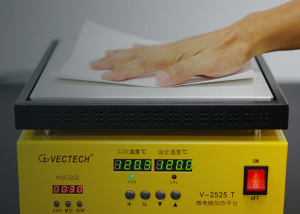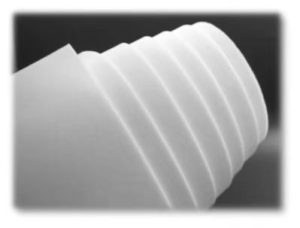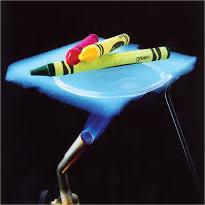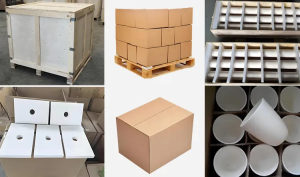Professional industry ceramic supplier, silicon nitride, silicon carbide, aluminum nitride and any other kinds of ceramics.
1. Introduction
Just 24 hours ago, a major materials supplier in Germany announced a breakthrough in sintering technology that boosts the thermal shock resistance of silicon carbide crucibles by over 30%. This innovation is already reshaping how foundries and labs handle molten metal and glass—reigniting global interest in advanced ceramic components like the silicon carbide crucible.
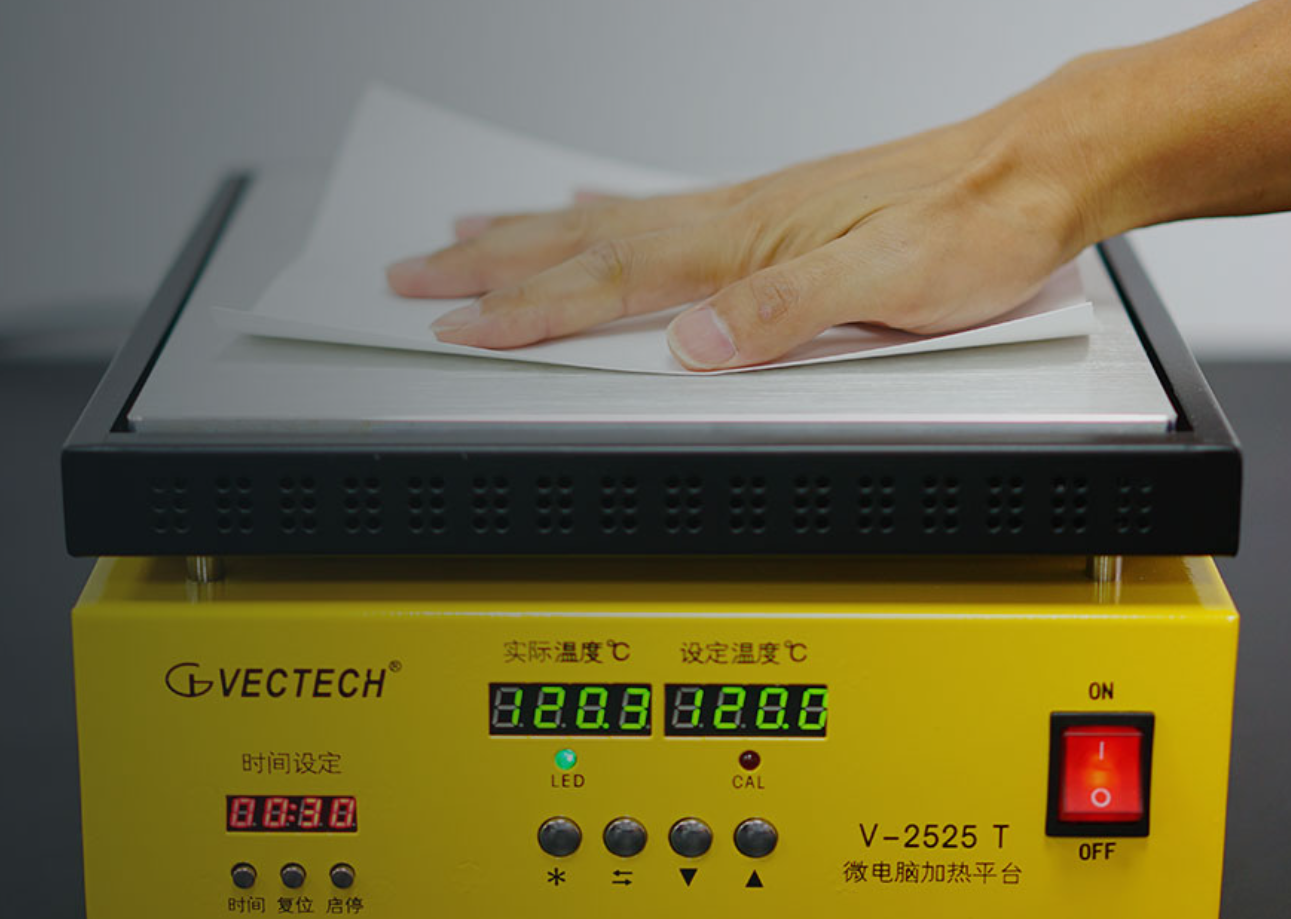
Silicon carbide crucibles are more than just containers—they’re engineered solutions for extreme environments. But with so many advanced ceramics on the market—from zirconia to silicon nitride—it’s easy to get confused. This article cuts through the noise with five critical comparisons you need to know before choosing your next high-temp vessel or component.
2. Silicon Carbide Crucible vs. Zirconia Crucible
When it comes to melting reactive metals or handling aggressive slags, your crucible choice can make or break your process. Silicon carbide crucibles excel in thermal conductivity and mechanical strength, making them ideal for aluminum, copper, and brass foundries.
In contrast, zirconia crucibles (often stabilized with yttria) offer superior chemical inertness, especially with rare earth metals or oxides that would corrode silicon carbide. However, zirconia is more brittle and significantly more expensive.
- Silicon carbide: high thermal conductivity (~120 W/m·K), cost-effective, great for non-ferrous metals.
- Zirconia: excellent chemical resistance, lower thermal shock tolerance, higher price point.
For most industrial applications involving repeated heating cycles, silicon carbide wins on durability and value.
3. Silicon Carbide vs. Silicon Nitride: Beyond the Crucible

While silicon carbide crucibles dominate high-heat processing, silicon nitride (Si3N4) is gaining ground in precision components. Think silicon nitride rings, plates, and custom heat shields used in semiconductor and aerospace applications.
Silicon nitride offers better fracture toughness and oxidation resistance above 1,400°C, but it’s harder to fabricate into large, complex shapes like crucibles. That’s why you’ll find dedicated silicon nitride crucible factories serving niche markets, but not mass production lines.
Meanwhile, silicon carbide ceramic tiles, burner nozzles, bricks, and even baking dishes (yes—silicon carbide ceramic dinnerware is a real thing!) benefit from SiC’s versatility and lower manufacturing cost.
Fun fact: RBSiC (reaction-bonded silicon carbide) tile blocks and ceramic columns are now standard in kiln furniture due to their lightweight strength—something silicon nitride struggles to match at scale.
4. Boron Carbide vs. Silicon Carbide: When Hardness Isn’t Everything
Boron carbide (B4C) is famously one of the hardest materials on Earth—used in armor and abrasive nozzles. But when it comes to crucibles or high-temp structural parts, silicon carbide is usually the better pick.
Why? Boron carbide oxidizes rapidly above 500°C in air, limiting its use in open-atmosphere furnaces. Silicon carbide forms a protective SiO2 layer that slows oxidation up to 1,600°C.

So while boron carbide vs silicon carbide debates rage in defense and cutting-tool circles, for crucibles, tubes, and furnace linings, silicon carbide’s balance of hardness, thermal stability, and cost makes it the go-to advanced ceramic.
5. Everyday Uses You Didn’t Know: From Oven Dishes to Plumbing
Beyond industrial settings, silicon carbide’s thermal and mechanical properties are finding their way into consumer goods. Brands now offer silicon carbide ceramic baking dishes, casserole dishes with lids, salad bowls, and even children’s plates—all marketed for oven-to-table durability.
And it’s not just dinnerware. Silicon carbide ceramic pipes, tubes, and thermocouple protection tubes are critical in chemical processing. Even plumbing components like silicon carbide ceramic disc taps and quarter-turn valves use SiC for wear resistance.
Don’t be fooled by terms like ‘silicon carbide baking dish Staub’—while Staub uses enameled cast iron, true silicon carbide ceramic oven dishes are niche but growing, prized for even heating and thermal shock resistance.
6. Conclusion
Whether you’re sourcing a silicon carbide crucible for metal casting or comparing it to zirconia, silicon nitride, or boron carbide alternatives, the key is matching material properties to your specific thermal, chemical, and mechanical demands.
Thanks to recent advances in sintering and forming techniques, silicon carbide remains the workhorse of advanced ceramics—bridging the gap between industrial robustness and emerging consumer applications. Always consider purity, density, and bonding method (like RBSiC vs. sintered SiC) before making your final choice.
Our Website founded on October 17, 2012, is a high-tech enterprise committed to the research and development, production, processing, sales and technical services of ceramic relative materials such as 5. Our products includes but not limited to Boron Carbide Ceramic Products, Boron Nitride Ceramic Products, Silicon Carbide Ceramic Products, Silicon Nitride Ceramic Products, Zirconium Dioxide Ceramic Products, etc. If you are interested, please feel free to contact us.

